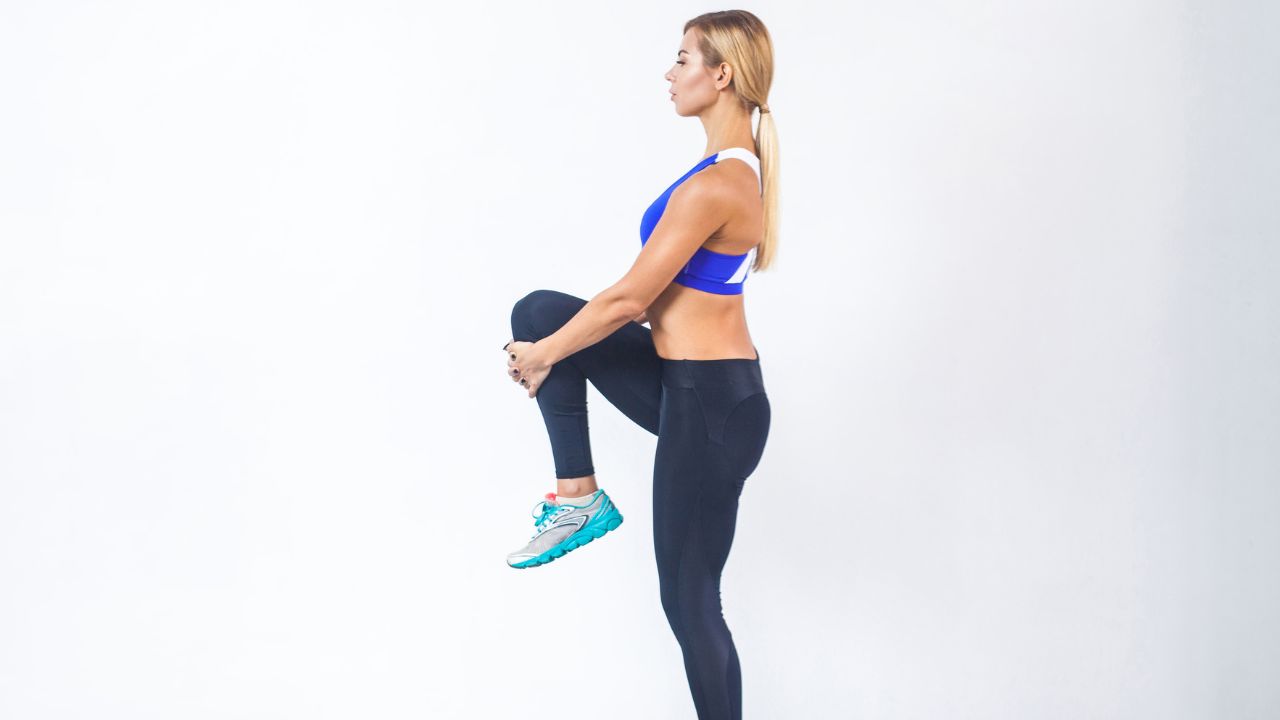What Works: Evidence-Based Strategies to Improve Balance
1. Vestibular Rehabilitation Therapy (VRT)
Vestibular rehab uses customized exercises—gaze stabilization, adaptation, habituation, and balance training—to encourage central compensation. A systematic review in Journal of Head Trauma Rehabilitation concluded that VRT reduces post-concussion symptoms significantly (e.g., improving Vestibular/Ocular Motor Screening and symptom scores).
Early VRT can shorten recovery timelines. For example, a cluster of RCTs in athletes found integrating VRT soon after injury decreased time to return-to-play compared to rest alone. Another RCT in adolescents showed that precision vestibular exercises improved vestibulo-ocular reflex and motion sensitivity over general behavioral strategies.
2. Dual-Task Training
Balance in daily life often requires paying attention to more than one thing. Cognitive-motor dual-task training—adding mental tasks (like counting backward) to balance exercises—improves both physical and cognitive control.
While most research focuses on stroke, this case study demonstrated that dual-task interventions improved postural control, walking speed, and divided attention in a severe TBI patient.
While much of the research originates from stroke and TBI populations, emerging evidence supports the value of dual-task training in concussion recovery. For example, studies have shown that cognitive-motor dual-task exercises—such as walking while solving math problems—can improve postural control, walking speed, and attention in individuals recovering from brain injury. The 6th International Consensus Statement on Concussion in Sport also notes that balance assessments under dual-task conditions may reveal impairments missed during simpler testing, underscoring the relevance of dual-task approaches in return-to-play evaluations.
3. Proprioceptive and Functional Balance Training
Exercises like single-leg stance, balance board routines, and perturbation training sharpen somatosensory feedback and neuromuscular coordination—critical for athletes and those with neurological injuries.
While specific RCTs in concussion are fewer, proprioceptive training is a staple in vestibular rehab programs and is referenced in the multimodal interventions associated with faster return-to-play outcomes.
4. Virtual Reality (VR) Interventions
Virtual reality creates controlled environments with visual and motion cues that challenge and retrain balance systems. A scoping review indicates that VR-based programs show positive effects on vestibular and balance impairments post-concussion, though evidence is still early.
What Doesn’t Work: Common Pitfalls to Avoid
1. Extended Physical Rest
While brief rest (24–48 hours) post-concussion is helpful, prolonged inactivity can worsen outcomes. The 6th International Consensus Statement in Sport warns against extended physical rest, noting that early, graduated activity is associated with faster recovery and better balance restoration.
In fact, delayed reintroduction of movement can lead to deconditioning, increased anxiety, and prolonged vestibular dysfunction—especially in youth and female athletes.
2. Symptom-Only Monitoring
Subjective dizziness levels don’t always match objective deficits. Athletes may self-report feeling fine while still demonstrating poorer balance metrics—and may be at risk if cleared prematurely. Objective balance data from tests provides a more reliable basis for recovery decisions.
3. General, One-Size-Fits-All Protocols
Generic exercise plans may miss the specific system affected—whether vestibular, proprioceptive, or visual—and therefore delay full recovery. Effective rehabilitation is tailored, based on assessment findings and evolving function.
4. Neglecting Vision and Ocular-Motor Assessment
Vision problems—such as deficits in tracking or convergence—often accompany balance issues. Including gaze stabilization and eye-tracking tasks in rehab is critical. Interventions that target vestibular and ocular systems together yield better outcomes.
Using Balance Testing to Track Recovery
Improvement isn’t always obvious—but it can be measured. Regular balance assessments provide critical feedback during recovery:
- Initial evaluation identifies the severity and nature of impairment.
- Ongoing testing helps determine response to therapy.
- Pre-return assessments confirm readiness for sport or daily activities.
Tools like Sway digital balance test are particularly useful here. Clinicians can see real-time changes across standardized stance protocols, track trends over time, and integrate results into larger concussion management plans. It’s fast, objective, and research-backed.
Improving balance after a concussion isn’t about luck or patience—it’s about applying the right interventions to the right systems at the right time. When balance fails, it often signals deeper neurologic disruption that deserves precise, individualized care.
What works is evidence-based rehabilitation that targets vestibular, visual, cognitive, and proprioceptive systems. What doesn’t work is generic programming, symptom-only monitoring, and delaying movement out of fear. By combining expert clinical judgment with objective balance testing, we can give every patient a safer, more efficient path to recovery.




